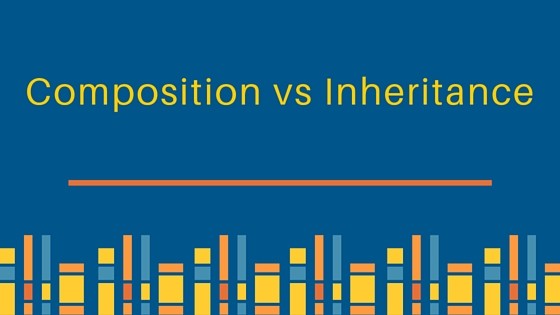Software Development
The Bridge Design Pattern
What is the Bridge Design Pattern? What the bridge pattern basically does is allow you to separate closely related objects into two categories: Abstraction and Implementation. This prevents complexity from increasing exponentially as you add more and more different classes into your application. Why …
The Adapter Design …
What is the Adapter Design Pattern? Imagine you are traveling to a different country, and the plugs for your devices don’t fit the local power sockets. What do you do? You take out your trusty European to North American power outlet adapter. This is the essence of the Adapter Design Pattern. …
The Prototype Design …
The Prototype is a creational design pattern in software development. This pattern comes in handy when the creation of a new instance of a class is resource-intensive or when the system should not be aware of the specific object types being created. In this blog post, we will take a look into the …
Logging in C#
Logging is an important part of any software application. It helps developers monitor, diagnose, and debug issues that may come up during application execution. In this blog post, we’ll take a look into logging in C#, talking about best practices and providing examples to help you implement …
LINQ in C#
In this blog post, I’ll introduce you to LINQ, a powerful feature in C# that can make your life easier when working with data collections. What is LINQ? LINQ (Language Integrated Query) is a set of extension methods that allows you to query and manipulate data in a more readable way. It works …
Inheritance vs …
Introduction Inheritance and composition are two fundamental techniques in object-oriented programming (OOP) for creating modular, reusable, and maintainable code. In this blog post, we’ll explore the differences between inheritance and composition, and discuss when to use each approach in C#. …





